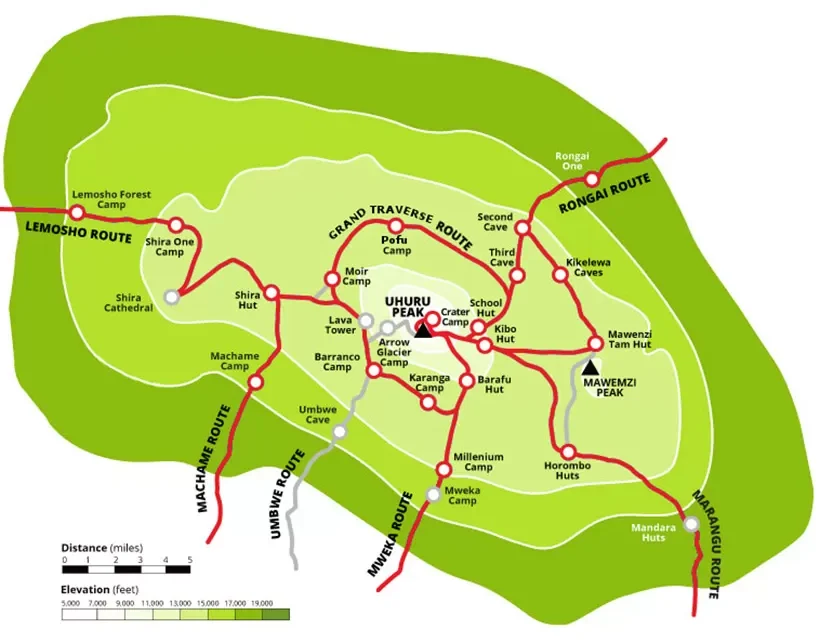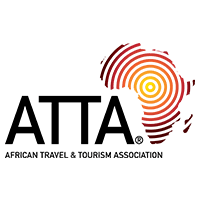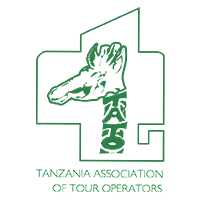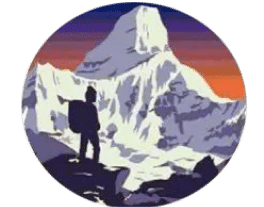Direct Booking?

Direct Booking?
The Rongai Route is ideal for those searching for a more peaceful and untamed approach to climbing Kilimanjaro. This unspoiled route ascends Mount Kilimanjaro from the Kenyan side, has less traffic, and, most importantly, receives less rain.
Every year, the Kilimanjaro booking team assists hundreds of individuals in reaching Uhuru Peak. The Rongai Route is for individuals who desire to climb Kilimanjaro during the wet season or for a more adventurous experience. Let us tell you more about Kilimanjaro’s wildest path!

The Rongai Route spans 70 kilometres (43.5 miles) from gate to gate. In comparison, the Rongai Route has slightly longer distance than several other routes. It makes up for this with a very gradual rise. The success rate for the Rongai Routes is high; more on it in the following paragraph.
All Kilimanjaro routes begin their ascent from the mountain’s southern side. All save one, and that is the Rongai Route. This road leads up to Uhuru Peak from the little town of Nalemoru, which is just a stone’s throw away from Kenya’s border. This is very much the northern side of the mountain, which gets us right to one of the reasons for picking this climbing route: it receives less rain.
The wet months for Kilimanjaro and the surrounding area are March, April, May, and, to a lesser extent, November. During the rainy season, the lower slopes of Kilimanjaro may become a mud fest. This applies to the roads on the other side of the mountain, where the majority of the rain falls. Less rain along the Rongai route means less clouds. The views from the Rongai side of Kili life are often rather good.
The Rongai Route is also flatter than the other Kilimanjaro routes. Less vertical growth, while beneficial, comes at a cost. It does not really allow for ‘climb high, sleep low’, which presents some acclimatisation issues. Fortunately, with a 6- and 7-day option, the time spent ascending compensates for this and provides for a success rate of more than 80%. All wonderful, but the secluded setting is what truly distinguishes the Rongai Route. Because it is further out from Moshi, less people take this road, making it a calm one. It’s also quite wild: along the Rongai Route, you can see antelope, elephants, and even buffalo. Wild, certainly.
There are no seasonal restrictions on Kilimanjaro. The mountain is open for trekking and climbing adventures all year. Having said that, certain months are more ideal than others. The rainy season runs from April to May and November to December. But this is not an issue for the Rongai Route. This is the only route that can be climbed year-round.
The dry season runs from January to March and June to October. So, if you’re determined to travel the Rongai Route and don’t mind the seasons, the dry season is the greatest time to do so. This is also a quieter time since, although being distant and quiet, the Rongai Route receives the most traffic during the wet season.
Trekking on Kilimanjaro demands reliable gear, especially essentials like an 80-90L backpack and high-quality trekking socks. We strongly advise reviewing our recommended packing list to ensure you’re fully prepared for your Rongai Route hike.




Tailor Made your Trekking

2024/2025 >> Click Here

